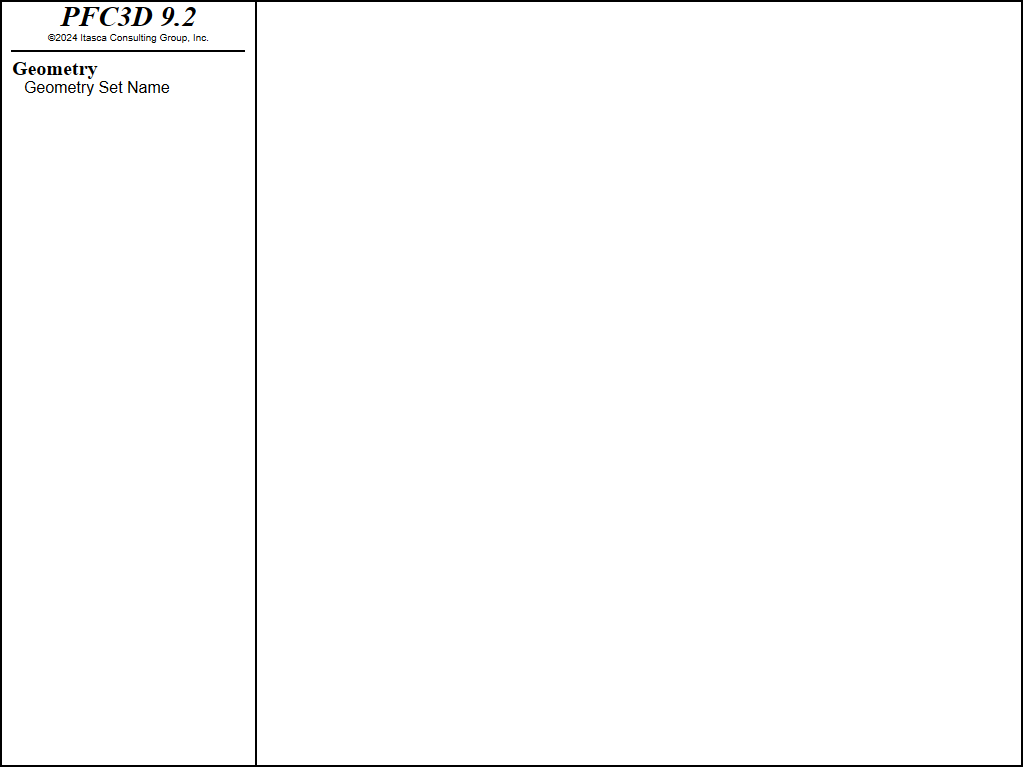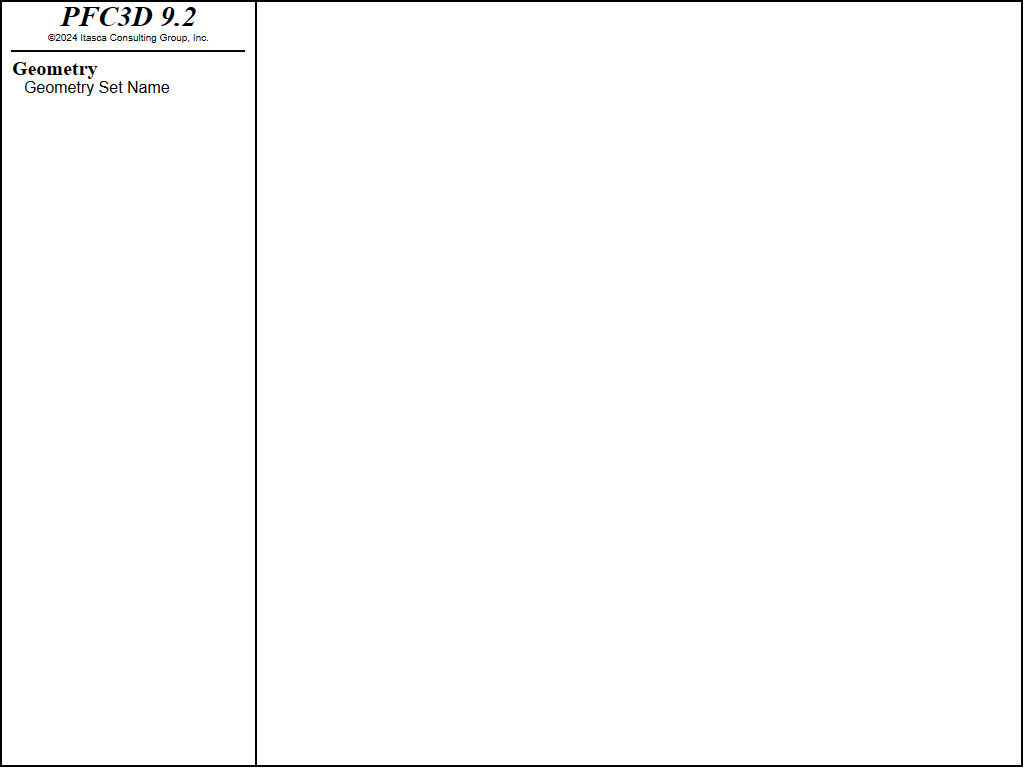clump export command
Syntax
- clump export keyword <range>
Primary keywords:
Exports clumps. If no range is specified, then all clumps in the model are exported. At the moment, it is only possible to export clumps to geometry sets.
- geometry keyword
- resolution f
Resolution of the facet edges for the pebble representations. The number of facets is set so that the edge length is smaller than f * R, where R is the ball radius. By default, f = 0.25.
- set s
Set the geometry set base name to s. If the split keyword is specified, then each clump is exported into a dedicated geometry set with a name corresponding to the base name to which the word clump followed by the clump ID is appended (e.g. ‘myset_clump1’ for a base name myset and the clump with ID 1). Note that in this case, existing sets with the same name are overridden. Otherwise all clumps are exported into one unique geometry set with name s, and existing geometry objects in this set are not deleted. The default geometry set base name is set.
- split
If specified, the split keyword results in each clump being exported into a dedicated geometry set. By default, all the clumps are exported into one unique geometry set (see above).
Usage Examples
The clump export command can be used to export a triangulated representation of the balls into geometry sets. The geometry sets may in turn be directly used
for post-processing or exported as STL files to be used by a third-party CAD software.
Detailed information about the geometry logic can be found here.
The following example generates 10 clumps from predefined clump templates and executes the clump export geometry command with its default parameters.
The clump template rock1 is defined using a surface description, while the clump template rock2 is not.
As a result, the clumps associated with rock1 are exported using the surface description available, while the clumps associated with rock2 are
exported using a geometrical representation of each pebble (with a default resolution of 0.25). All the clumps are exported into one unique geometry set
(labeled clumps by default) shown in Figure 1. This geometry set is finally exported into an ASCII-STL file.
model domain extent -5 5
geometry import 'rock1.stl'
clump template create name 'rock1' ...
geometry 'rock1' ...
calculate-surface ...
bubblepack ratio 0.3 distance 100
clump template create name 'rock2' ...
pebbles 3 ...
0.5 -0.25 0.0 0.0 ...
0.5 0.25 0.0 0.0 ...
0.5 0.0 0.0 0.25 ...
calculate-pebbles
model random 10001
clump generate size 1 2 number 10 templates 2 'rock1' 0.5 'rock2' 0.5
clump export geometry
geometry set 'clumps'
geometry export 'clumps.stl' format stl

Figure 1: Using default parameters, the clump export geometry command generates a triangulated representation
of the pebbles with a resolution of 0.25 if no surface description is available. Otherwise the surface description is used.
The example below constructs the same model as above, but the parameters controlling the behavior of the clump export geometry are altered such that the
clump surface descriptions are not used even when available; the pebble geometrical representation uses a resolution of 0.2, and each clump is exported into a dedicated
geometry set (with the split keyword). The resulting geometry sets are shown in Figure 2.
Each geometry set can then be exported into a ASCII-STL file using the geometry export command.
model domain extent -5 5
geometry import 'rock1.stl'
clump template create name 'rock1' ...
geometry 'rock1' ...
calculate-surface ...
bubblepack ratio 0.3 distance 100
clump template create name 'rock2' ...
pebbles 3 ...
0.5 -0.25 0.0 0.0 ...
0.5 0.25 0.0 0.0 ...
0.5 0.0 0.0 0.25 ...
calculate-pebbles
model random 10001
clump generate size 1 2 number 10 templates 2 'rock1' 0.5 'rock2' 0.5
clump export geometry resolution 0.2 surfaces off split
geometry set 'clumps_clump1'
geometry export 'clump1.stl' format stl
geometry set 'clumps_clump2'
geometry export 'clump2.stl' format stl

Figure 2: Overriding the default parameter allows full control on the command behavior. In this example, the surface descriptions are not used, a different resolution is used for the pebble representations, each clump is exported into a dedicated geometry set.
See also
| Was this helpful? ... | Itasca Software © 2024, Itasca | Updated: Dec 05, 2024 |
